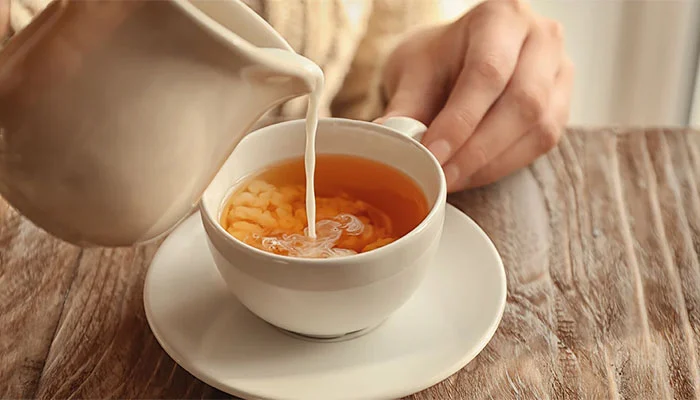Tea is a beverage that is immensely popular in Pakistan, with many people unable to imagine life without it.
While there are various types of tea available, such as green tea, herbal tea, or black tea, countries like Pakistan, India, and the UK consider tea incomplete without milk.
But do you know the real reason behind adding milk to tea? Surprisingly, it has less to do with the flavor and more with a fascinating historical reason rooted in British traditions.
Why Did the British Start Adding Milk to Tea?
The British are known for adopting habits that set them apart from other nations—for instance, driving on the left side of the road, unlike most of the world. Their tea-drinking practices are another example.
While most countries enjoy tea in its pure form, like herbal or black tea, the British began adding milk to their tea in the 18th century.
At the time, tea was brewed in pots and was considered a luxury. People preferred drinking it from delicate china cups, which were quite expensive and prone to cracking under the heat of boiling tea.
To solve this problem, milk was added to the cups before pouring in the tea. The cold milk reduced the tea’s temperature, preventing the china cups from cracking.
An added benefit was that the milk mellowed the tea’s bitterness, making it more palatable.
Additionally, tea was a costly commodity in those days, and many families couldn’t afford to use it in large quantities. To make the tea more economical, they used more milk and less tea, stretching their supply while still enjoying the beverage.
This historical practice has continued in countries like the UK, India, and Pakistan, where tea with milk remains a cultural favorite.





